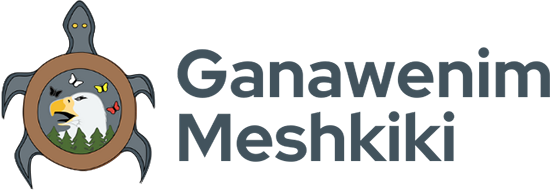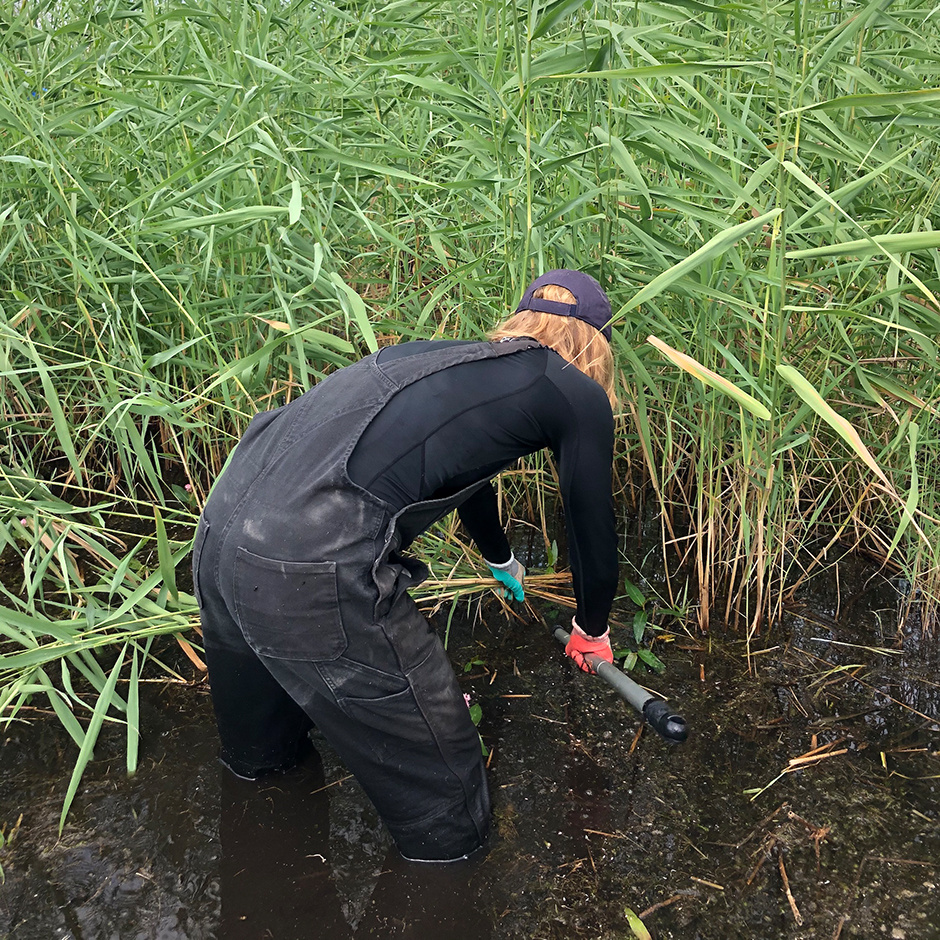Nature Conservancy of Canada
Species at Risk Habitat Conservation and Protection
Massasauga rattlesnake (Sistrurus catenatus)
Eastern foxsnake (Panterophis gloydi)
Eastern hog-nosed snake (Heterodon platirhinos)
Blanding’s turtle (Emydoidea blandingii)
Eastern musk turtle (Sternotherus odoratus)



